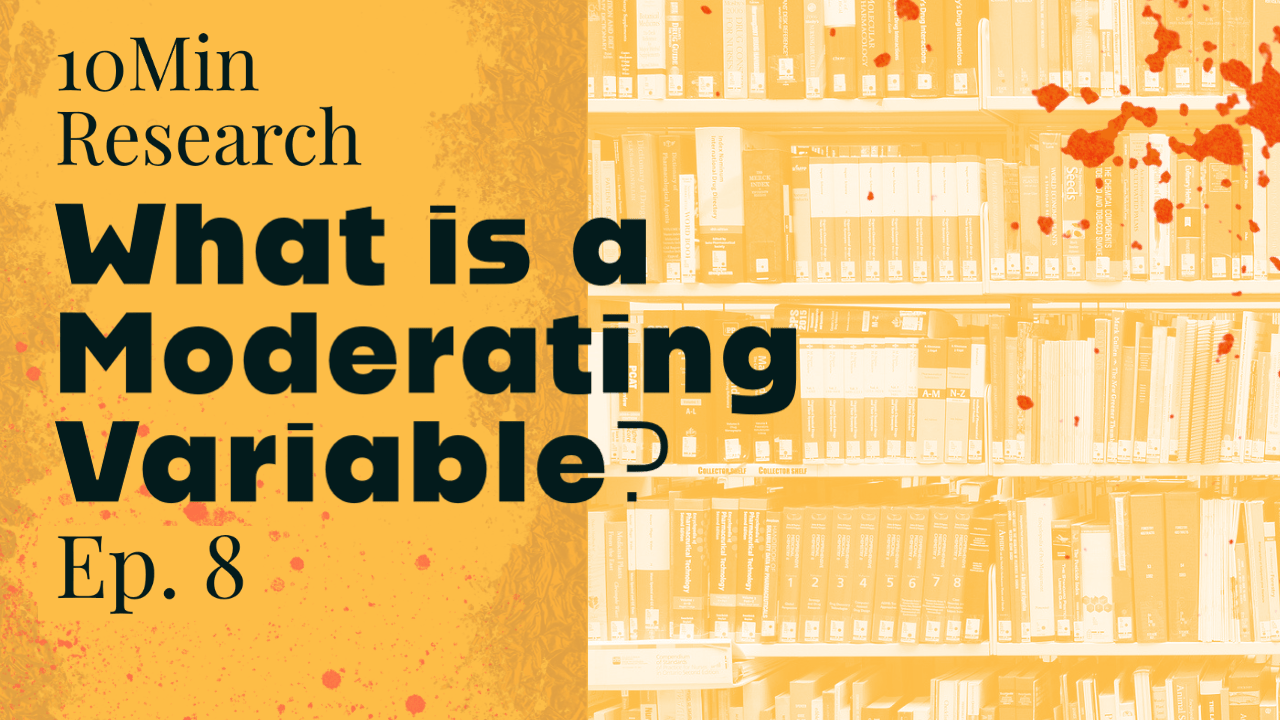Introduction
Having covered independent and dependent variables as well as mediators in our previous sessions, our attention now turns to moderators, a pivotal category of variables with a distinct role in the research landscape.
Having covered independent and dependent variables as well as mediators in our previous sessions, our attention now turns to moderators, a pivotal category of variables with a distinct role in the research landscape.

The tutorial is a step by step guide on how to start the research process.
Last Lecture: Understanding Mediating Variable
Understanding the Concept of Moderating Variable
Moderators, which represent the fourth category of variables we explore, wield a unique influence over research outcomes. These variables possess the extraordinary capacity to either enhance, diminish, or entirely transform the relationship between two fundamental variables—the independent variable (IV) and the dependent variable (DV).
At the heart of the moderator’s role lies its ability to impact the association between the IV and the DV. Consider this scenario: Stress serves as the IV, while organizational performance acts as the DV. Normally, we might expect stress to exert a negative influence on organizational performance. However, the moderator—let’s say, the presence of servant leadership within the organization—enters the equation. In this context, servant leadership operates as a moderator, weakening the negative impact of stress on performance.
It is imperative to understand that moderators can amplify or attenuate the strength of the relationship between the IV and the DV. In the case of corporate social responsibility within an organization, the positive link to organizational performance may already exist. Nonetheless, the presence of effective leadership, such as servant leadership, functions as a moderator, further fortifying this connection.
Consider real-world applications of moderators. It is often postulated that job dissatisfaction leads to employee turnover. However, the contemporary workplace introduces complexities—scarce job opportunities or family responsibilities, among others, may intervene as moderators, reshaping the once straightforward relationship between job dissatisfaction and turnover.
To navigate the research landscape effectively, it is vital to differentiate between mediators and moderators. While both are indispensable, they operate in distinct ways. Mediators illuminate the mechanism of impact, elucidating how an IV influences a DV through intermediate variables. Moderators, conversely, guide researchers in identifying what bolsters, weakens, or reshapes existing relationships between two variables.
One visual clue effectively distinguishes mediators from moderators: the direction of arrows. In mediator relationships, arrows flow from the IV to the mediator and from the mediator to the DV, delineating the mediation process. Conversely, in moderator relationships, arrows point directly to the relationship under consideration, symbolizing the moderating effect.